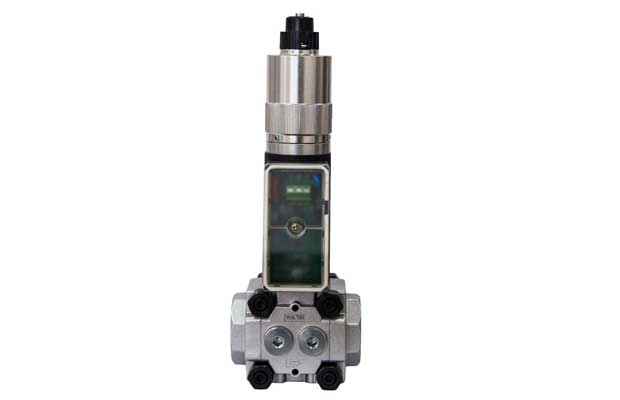Classification of gas valves
2021-07-15
Classification of gas valves
2021-07-15
There are four major classifications of gas valves. At present, gas valves have a wide range of uses, and there are many types and classification methods. The total can be divided into two categories:
The first type of automatic valve: a valve that relies on the ability of the gas itself to act on its own. Such as check valve, regulating valve, pressure reducing valve, etc.
The second type of drive valve: a valve that is operated manually, electrically, or pneumatically. Such as gate valve, globe valve, throttle valve, butterfly valve, ball valve, plug valve, etc.
The four major categories of gas valves are:
1. According to the structural features, it can be divided according to the moving direction of the closing member relative to the valve seat:
1. Sectional gate shape: The closing piece moves along the center of the valve seat.
2. Gate shape: The closing piece moves along the center of the vertical valve seat.
3. Cock and ball: The closing part is a plunger or ball, which rotates around its centerline.
4. Swing shape: The closing piece rotates around the axis outside the valve seat.
5. Dish-shaped: the disc of the closing member, which rotates around the axis in the valve seat.
6. Slide valve shape: The closing piece slides in the direction perpendicular to the channel.
2. According to the type of structure, there are mainly:
Cock valve, gate valve, stop valve, ball valve-used to open or close the gas flow in the pipeline. Check valve (including bottom valve)-used to automatically prevent backflow of gas in the pipeline.
Throttle valve—used to adjust the flow of pipeline gas.
Pressure reducing valve—used to automatically reduce the gas pressure in the pipeline and equipment. When the gas passes through the gap of the valve flap, resistance is generated and pressure loss is caused to achieve the purpose of decompression.
Three, according to the purpose, according to the different purposes of the valve can be divided into:
1. For breaking: used to connect or cut off pipeline gas, such as globe valve, gate valve, ball valve, butterfly valve, etc.
2. Non-return use: used to prevent backflow of gas, such as a check valve.
3. Regulating: used to adjust the pressure and flow of gas, such as regulating valve and pressure reducing valve.
4. Distribution: used to change the gas flow direction and distribute the gas, such as three-way cock, distribution valve, slide valve, etc.
Four. According to the driving mode, it can be divided into different driving modes:
1. Manual: With the help of handwheel, handle, lever or sprocket, etc., it is driven by human power. When the transmission torque is large, it is equipped with worm gear, gear and other reduction devices.
2. Electric: driven by a motor or other electrical devices.
3. Pneumatic; driven by compressed air.
